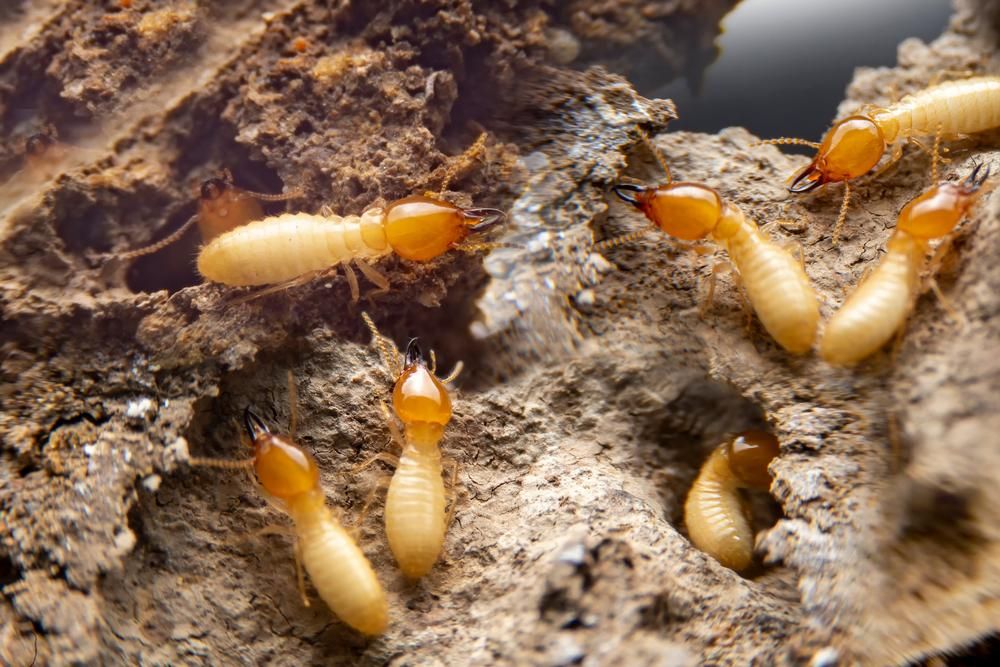Our Termite Services
Our Termite Treatment Services
When it comes to termites, quick action and long-term planning are essential. At Allied Pest Management, we offer comprehensive termite services for properties across the Northern Rivers.
From detailed inspections to direct treatments, baiting and barrier systems, we help stop damage before it spreads. Whether you’ve spotted warning signs or want to safeguard your home, we customise every plan to suit your structure, risk level and long-term goals. With decades of local experience and a friendly, professional team, you can count on us to handle termites the right way—before they cause costly, stressful repairs.
Call (02) 6629 6012 to schedule your termite service or book an inspection.
Termite Services
Termite Inspections
We inspect all key areas of your property using moisture meters and visual checks. Early detection helps avoid costly termite-related damage and allows us to act quickly if activity is found.
Termite Treatment
We treat active infestations using foams, dusts or soil-applied products. Each treatment is tailored to eliminate the colony and stop further timber damage before it becomes widespread or expensive to fix.
Termite Management
We provide long-term protection through barrier systems and ongoing monitoring. Our plans are ideal for keeping structures safe from ongoing termite threats and giving you peace of mind all year round.
Termite Baiting
We install bait stations that work gradually to eliminate termite colonies. A low-disruption option that’s perfect for sensitive properties, older homes or hard-to-reach infestation areas requiring careful handling.






